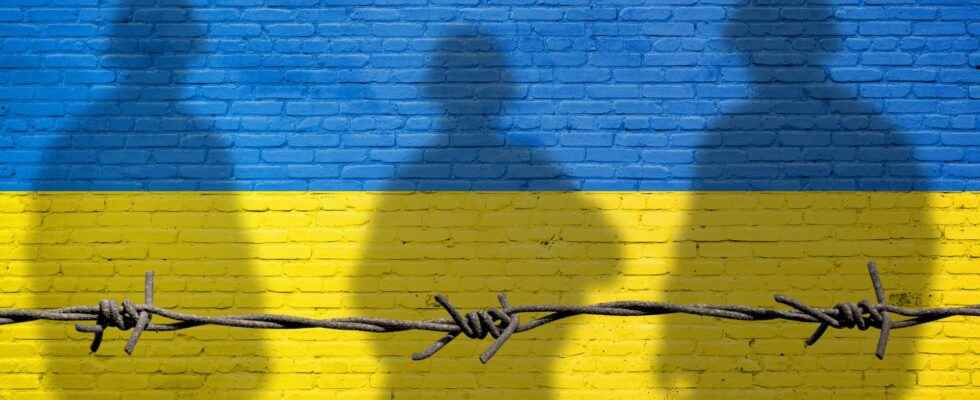The Russian invasion that began on February 24 met with strong Ukrainian resistance, despite the technically superior means of the Kremlin forces. In the fierce war waged by the Ukrainians, theopen-source intelligence became a necessary resource to prevail over Russian operations.
Full-scale warfare resumed in doors of the European Union. the February 24, 2022, Russian President Vladimir Putin announced at 4:30 a.m. the start of an operation to “pacify” and “denazify” his border country, Ukraine. Many specialists anticipated a potential attack from the 150,000 soldiers massed at the gates of Ukraine, whose brutal invasion attempt has shocked the international community for four days now. But the Russian troops encounter a real obstacle, the resistance Ukrainian proving to be more effective than estimated. What was supposed to be a war flash, patina. In this conflict, the social networks prove to be a formidable weapon to allow the soldiers of Volodymyr Zelensky to preserve a strategic advantage over certain enemy operations.
Connected war fields
New armed conflicts are now intertwined with global connectivity, so thatElon Musk initiated the deployment of the Starlink network in Ukraine, allowing residents and soldiers to have access to the Internet despite the destruction of infrastructure by Russian troops. The war started by Vladimir Putin is not the first during which social networks and more generally the Internet play a key role.
The possibility of posting videos and images in a few clicks gave birth to a practice called Osint, for ” open-source intelligence », « open source information » in French. Osint focuses on a series of means used to gather intelligence and can be used by government agencies. There is notably the Sigint (signal intelligence) or the Humint (human-intelligence), what’historian Englishman and Cold War specialist Christopher Andrew discussed at length in his book “ The Secret World: a History of intelligence “.
In this vast network that the Internet represents, Twitter has become a veritable mine of information. In four days, the quantity of videos and photos published revealing positions or Russian equipment explodes, allowing Ukrainian forces to anticipate certain movements and to organize their defenses or counter-offensives. The reception and use of Osint data therefore turn out to be strategically decisive in the course of the conflict, certain journalists such as Illia Ponomarenko (The Kyiv Independent) explicitly asked civilians not to post documents that could reveal the position of Ukrainian troops or equipment. The collection of data can sometimes come from surprising sources. The first days of the war in Ukraine, the position of Russian soldiers has thus been unveiledthe latter communicating with Ukrainian women on theapplication Tinder dating site, whose use is based on geolocation.
Analyze conflicts remotely
If the presence of reporters in conflict zones is a major asset for documenting a war, the work of analysis can now be carried out in other countries downstream of the collection of intelligence. Some have made a specialty of using Osint to observe conflicts, such as the Bellingcat media. It is in this way that certain hardened “osinteurs” were able to take up the bombardment of hospitals (an act condemned by the fourth Geneva Convention of 1949) by the Russian air forces in Syria, or the use of missile munitions in Ukraine, weapons prohibited by a treaty signed by 46 countries in 2007.
Many specialists can therefore base their observations on the almost incessant influx of documents from the battlefields. Many Twitter accounts have become decryption references (aurora Intel, Rob Lee, Osint-Eye…), allowing to provide a detailed analysis of certain conflicts.
The researcher Elie Tenenbaum reminded him on the air of France Culture: ” documents observable on the Internet and social networks need to be carefully judged “. But’open-source intelligence becomes an integral part of current journalism, and if the Osint has already proven itself during the war in Syria, in Central Africa or in Yemen, it is now proving to be crucial in the resistance initiated by the army and the Ukrainian citizens .
Interested in what you just read?
